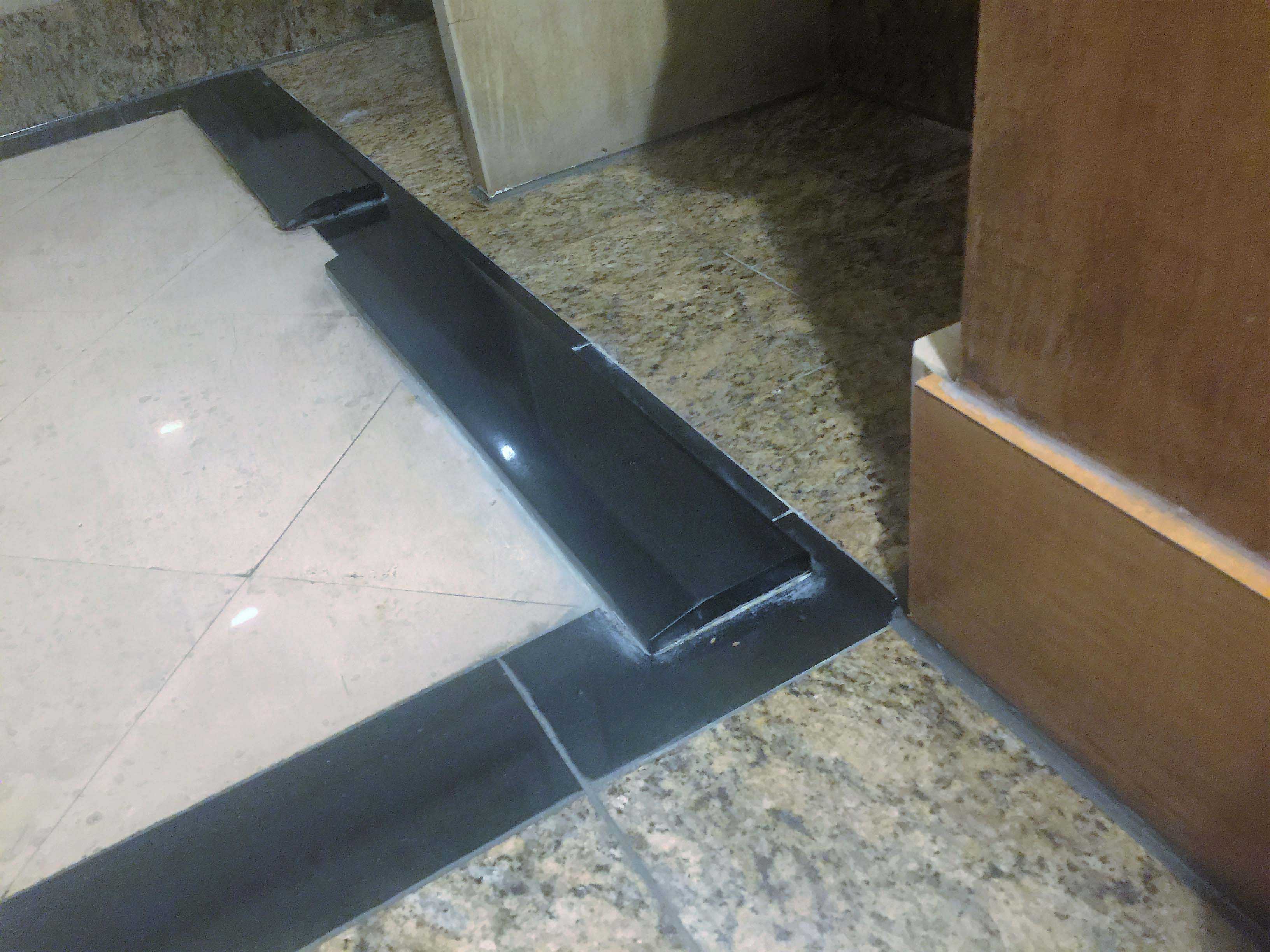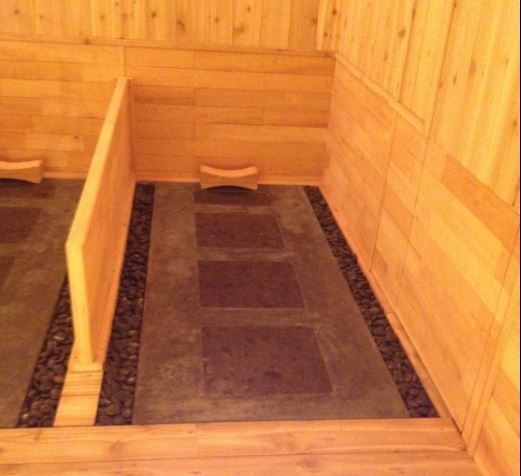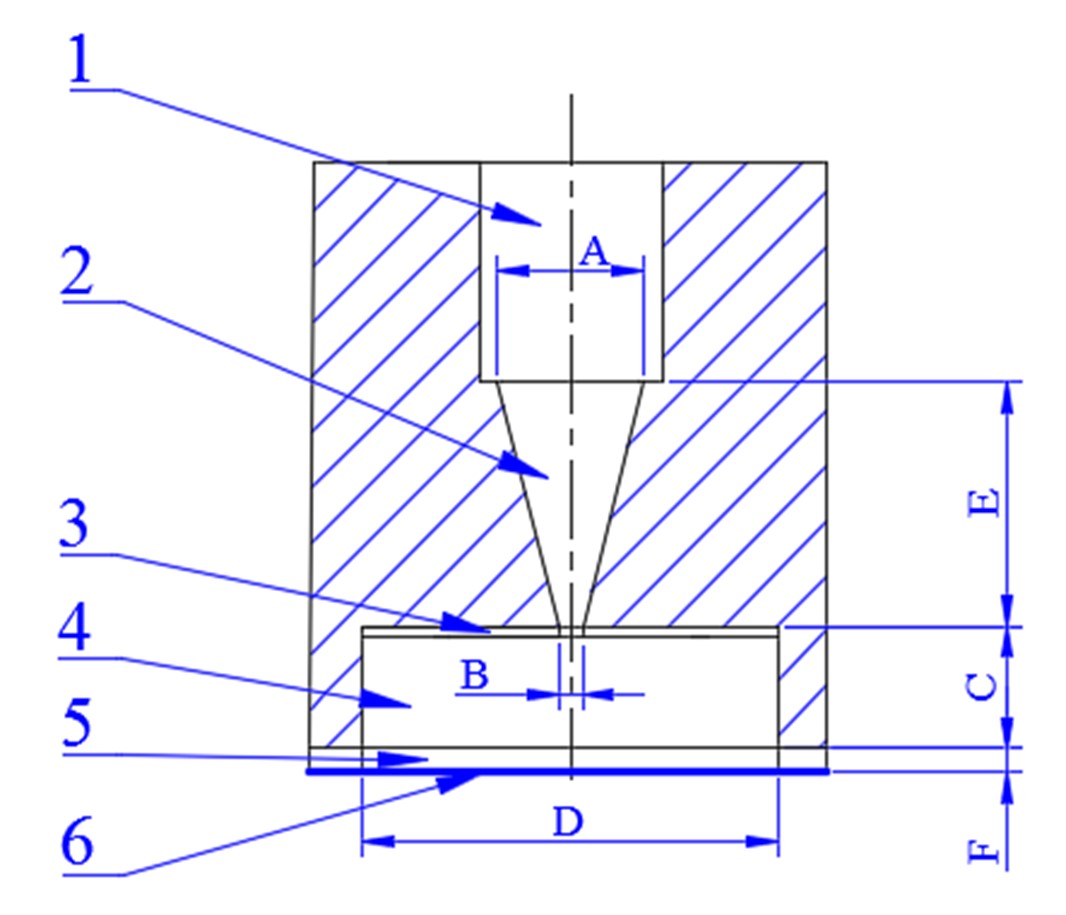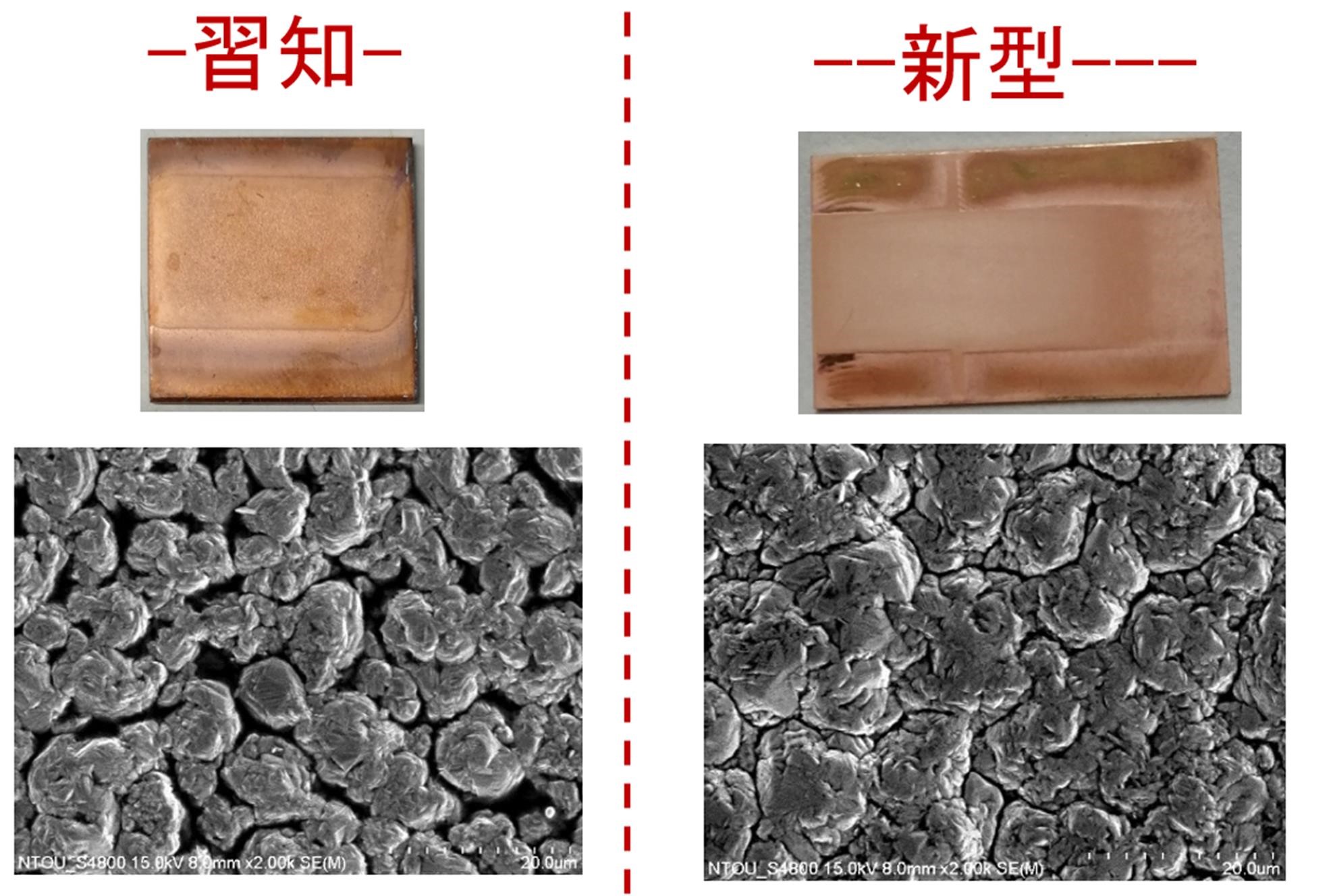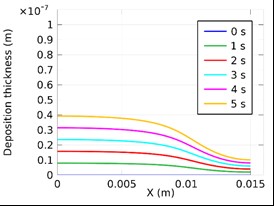| Technical Name | Realization of Electrodeposition or Electroetching for Large Area | ||
|---|---|---|---|
| Project Operator | National Taiwan Ocean University | ||
| Project Host | 周昭昌 | ||
| Summary | A nozzle device is provided for subjecting a workpiece to an electrochemical process. The workpiece has a first electrode. The nozzle device includes a nozzle body and at least one second electrode. The nozzle body has a recess provided in the bottom surface, and a longitudinal channel extending downwardly from the top surface along the longitudinal axis to be in fluid communication with the recess. The second electrode is disposed in the recess for being spaced apart from the first electrode. Because the recess is provided in the bottom surface of the nozzle body and because the second electrode is provided in the recess, an electrolytic solution may have a more even electric field distribution between the first and second electrodes, and a selected region on the workpiece may be evenly plated or etched. |
||
| Scientific Breakthrough | The redox reaction of this technique combines two-phase hydrodynamics and electrochemistry under a dynamic environment. Either electrodeposition or electro-etching can be conducted by the arrangement of the flow channel and the electrodes. As the co-deposition of inert particles is innovatively introduced here, with the integration of the lateral industrial technologies, this technique has becomes the core one with high impact on its application. |
||
| Industrial Applicability | The technique implements the concept of the well-known electrochemical nozzle and the hydrostatic bearing by the arrangement of a chamber and two electrodes. Integrated with the automated three-axes positioning system, it can realizes the electrochemical machining process for large area. Due to the feasibility, uniformity, and low cost of its feature, this technique should be a high value industrial application. |
||
| Keyword | Nozzle jet recess hydrostatic pressure electrolyte plating solution electrode electrochemistry electrodeposition electroetching | ||
- cchou@mail.ntou.edu.tw
other people also saw


